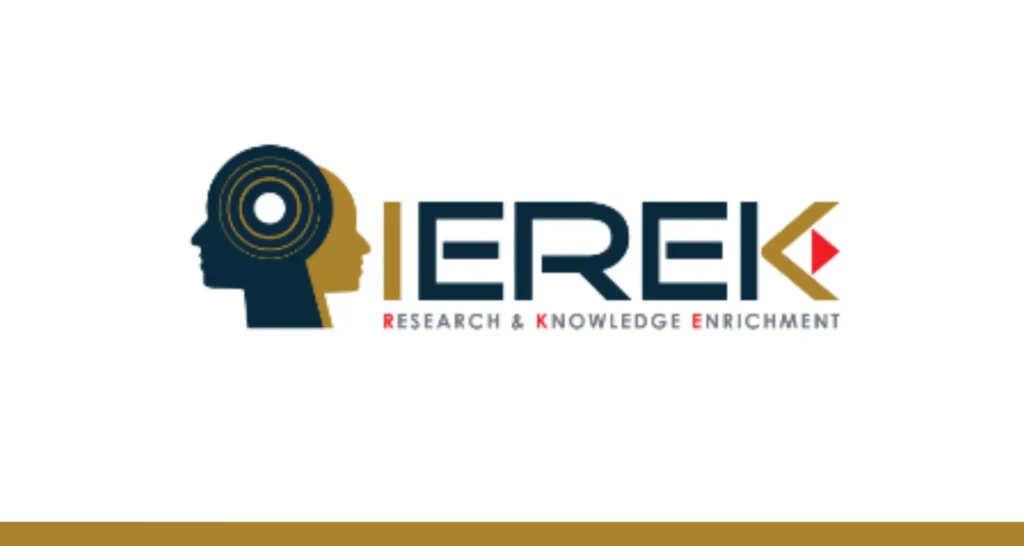Intangible assets – the organization’s assets that do not have a tangible (physical) form, but are endowed with “intangible value” and are capable of bringing additional income. Intangible assets include fixed rights of the organization to objects of intellectual property – copyrights, patents, licenses, know-how, software, copyright information, trademarks, brands; the business reputation of the company; as well as debt obligations of other companies and special rights to use resources. The innovative activity of the organization is closely connected with the use and formation of intangible assets. Active innovative organizations have an increased share of intangible assets in the structure of assets.
Intangible assets include
Objects of intellectual property. What objects are referred to as intangible assets by way of examples? If certain criteria are met, intangible assets include, inter alia:
- works of science, literature, and art;
- computer programs;
- databases;
- performances;
- phonograms;
- broadcasting of broadcasting or cable broadcasting organizations;
- inventions;
- utility models;
- industrial designs;
- selection achievements;
- topologies of integrated circuits;
- know-how;
- trade names;
- trademarks and service marks;
- appellations of origin;
- commercial designations.
However, by giving examples of intangible assets above, we mean that, on the one hand, any such object can become NMA for an organization. But on the other hand, it must meet certain conditions.
Recall that such conditions include:
- The ability of the object to bring economic benefits in the future (for example, the use of the object in the production of products or the performance of work);
- the organization has control over the asset (it has the right to receive benefits, and access of other persons to such an asset is limited);
- the item can be identified, i.e., separated from other assets;
- the item is intended to be used for a period exceeding 12 months;
- the item is not expected to be sold within 12 months;
- the original cost of the asset can be determined reliably;
- the item has no tangible form.
The above means the following. For example, a computer program is an item of intellectual property. Suppose the organization has created such a program by its efforts but plans to sell the exclusive right to it within the next 12 months. In this case, the requirement of long-term nature is not met, so the asset cannot be accounted for as IA. And if an exclusive software license is purchased, it is an intangible asset if it is planned to be used for a period exceeding 12 months in the manufacture of products, the performance of works, or the rendering of services.
The above list of assets that may be recognized as intangible assets is not an exhaustive list of examples of IA.
Positive goodwill, which may arise upon the acquisition of an enterprise as a property complex if the price paid to the seller exceeds the sum of all assets and liabilities in the balance sheet of the acquired enterprise on the date of purchase, is also recorded as intangible assets in the accounting system.













